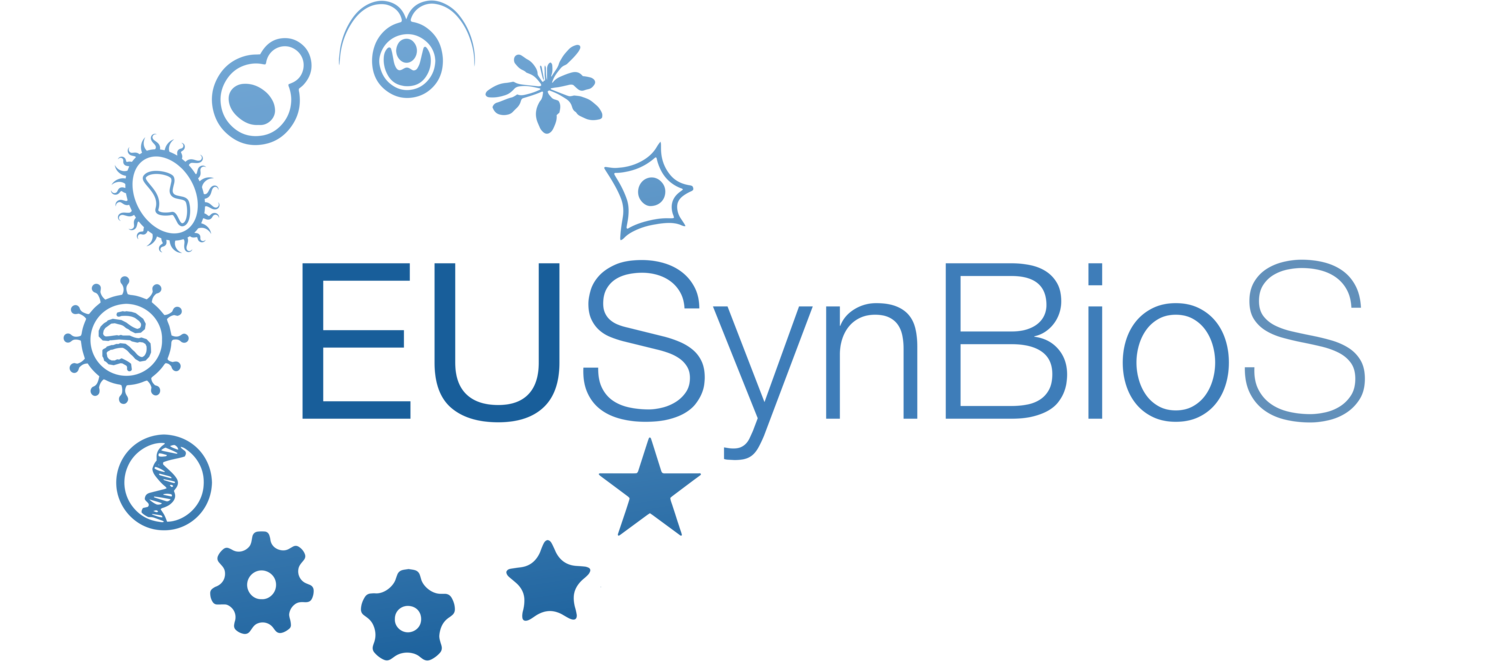'Test, Test, Test' - Can synthetic biologists speed up the coronavirus diagnostics?
The world is facing one of its worst crises in years with the steady and seemingly unstoppable spread of coronavirus across borders and continents. The synthetic biology community already started discussing potential aspects of the field to combat the virus. In this regard, SynBioBeta also organized a webinar on March 7, 2020 (available on synbiobeta.com). While the biggest hope right now is the development of treatments and vaccines, people need to be tested, too, to slow down the spread of the virus. The World Health Organization (WHO) itself says: 'Test, Test, Test' [1].
Back in 2014, a new method was developed by synthetic biologists led by J. Collins, which introduced a paper-based diagnosis approach for the detection of pathogens. In that work published in Cell [2], Pardee et al. demonstrated a method based on toehold circuits in cell-free systems and applied it as a proof of principle for the detection of the Ebola virus. Toehold circuits are simple switches that work on the translational level in which the presence of a target sequence from the pathogen opens the ribosome binding site (RBS) of a reporter gene, hence triggering a YES response (Figure 1a). In the absence of the target sequence, the RBS of the reporter gene folds in a conformation state that is not accessible to ribosomes. This method was later improved and also equipped with CRISPR as an alternative to toehold circuits for rapid and low-cost detection of the Zika virus and bacterial strains.
In 2017 and 2018, two different research teams applied CRISPR for the detection of viral and bacterial genomes in vitro. Upon binding to their target pathogen sequence, the used Cas13, Cas12a, and Csm6 trigger a fluorescent signal by releasing fluorescently labeled RNA, which is quenched before being collaterally cleaved (Figure 1b). These tools called DETECTR [3] and SHERLOCK [4] are now being commercialized. Mammoth Biosciences researchers published their results on 10 March 2020, in a preprint on medRxiv showing that using DETECTR they could test coronavirus SARS-CoV-2 infected samples in less than 30 min without the need for laboratory equipment [5].
Figure 1. Schematic representation of the mechanism of action of toehold circuits (a) and CRISPR collateral cleavage (b) detection. Figure adapted from references 2 and 4.
Toehold circuits and in vitro CRISPR-based detection approaches are two different successful examples developed by synthetic biologists that could prove their potential to test COVID-19 patients. Scientists around the world, especially synthetic biologists may apply these approaches to develop the preparation of diagnostic kits that are easy to distribute in outbreak locations. These in vitro systems are free of cells and GMOs and it has been shown that they can be kept at room temperature for a long time.
Apart from that, synthetic biologists are also experts in scaling and automatizing molecular biology experiments to high-throughput levels and could help to introduce approaches facilitating existing clinical techniques. The current testing method recognized by the WHO (available on who.int) is based on RT-qPCR with standard and confirmed primers and probes. The challenge that arises from that is the increasing lack of RNA extraction kits that are needed prior to RT-qPCR, leading to a bottleneck in testing more people. Alternative approaches like using normal or magnetic beads might be applied for RNA isolation. However, there is an urgent need for more high-throughput and automatized versions of the existing bead-based RNA isolation methods to scale-up the measurements. This could, in fact, be a unique opportunity for new synthetic biology applications.
References
2. 10.1016/j.cell.2014.10.004
3. 10.1126/science.aar6245
4. 10.1126/science.aam9321
5. 10.1101/2020.03.06.20032334

